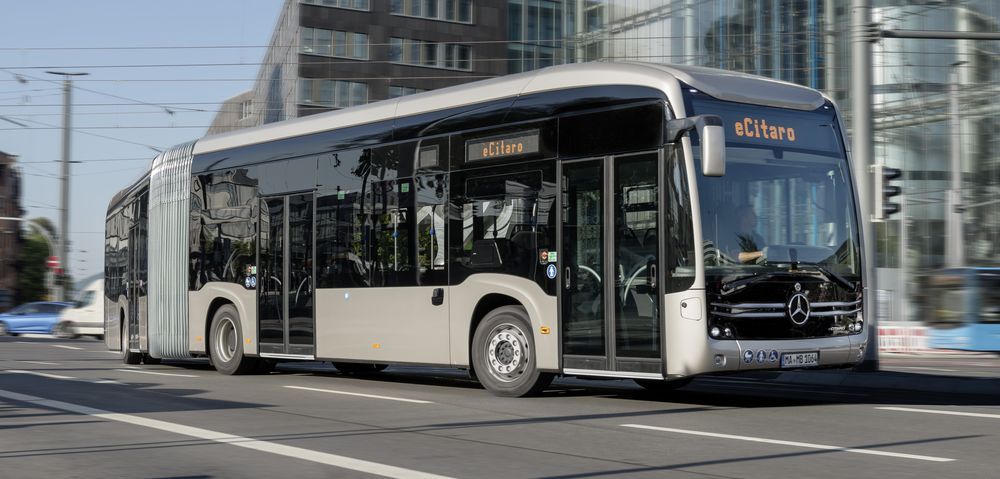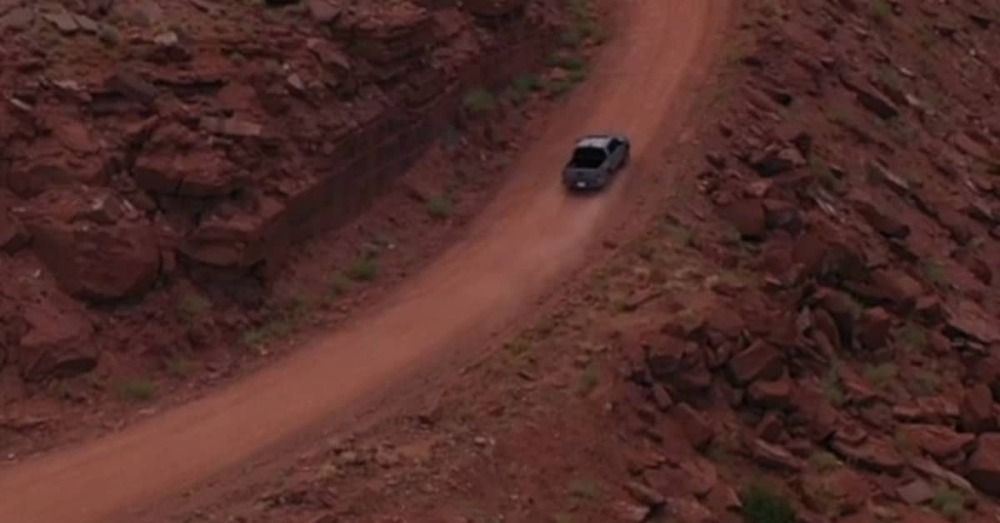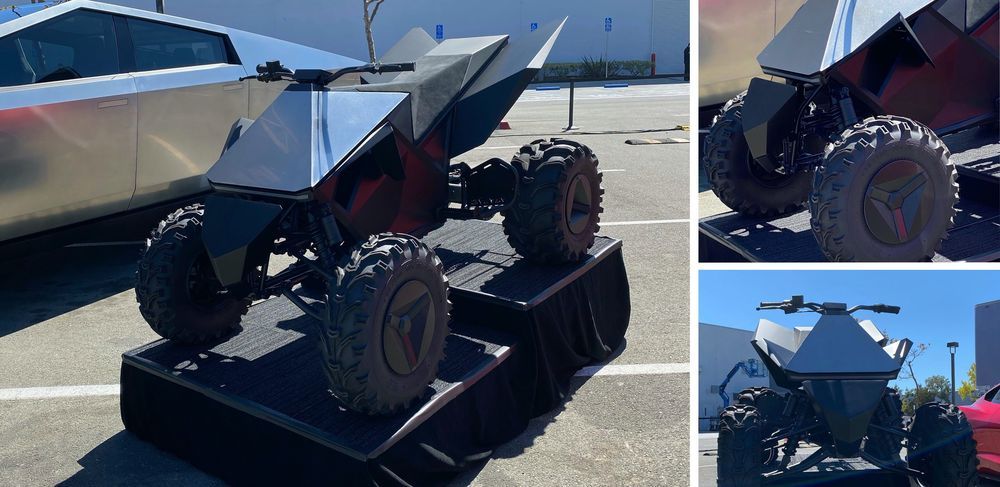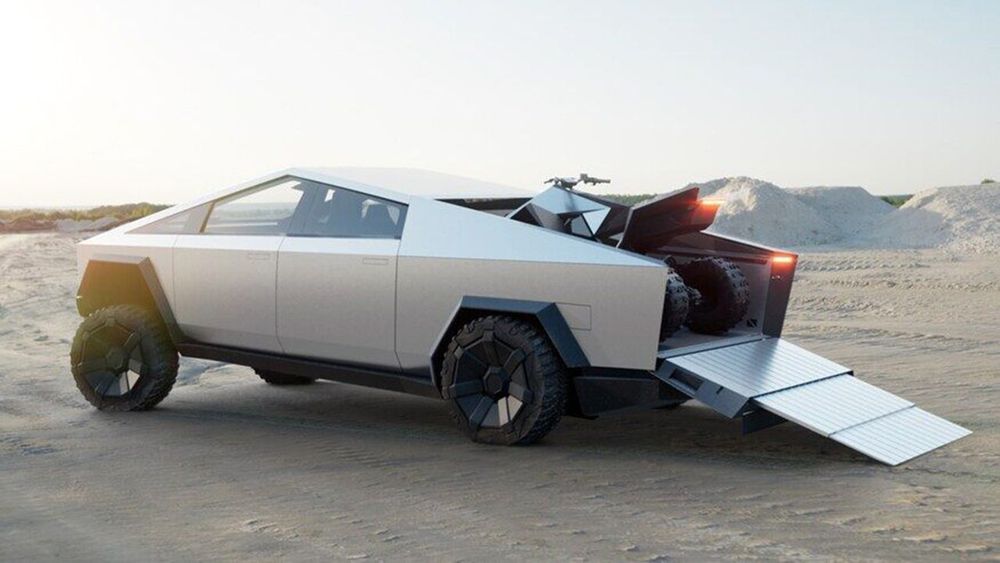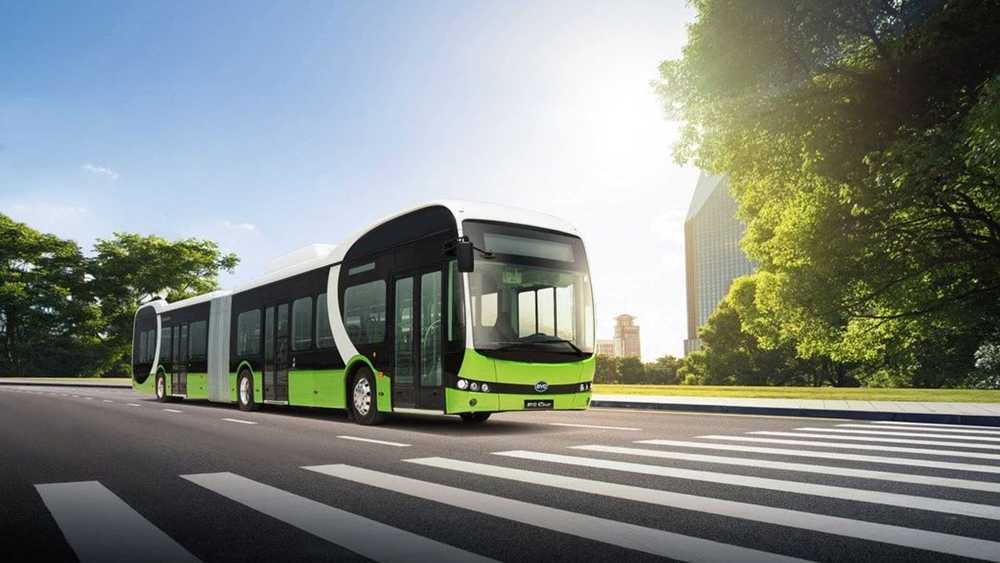The Navy has fielded a 650-round ammo backpack nicknamed ‘Avenger’ to troops at some point in the last two years.
Daimler has unveiled an electric bus equipped with a solid-state battery pack — probably becoming the first planned production EV with a solid-state battery.
The German automaker has been aggressively electrifying its deep lineup of big vehicles from buses to commercial trucks.
This week, Daimler unveiled an update to its eCitaro, the electric version of its best-selling Citaro electric city bus, and the update included the anticipated solid-state version of the bus: the eCitaro G.
